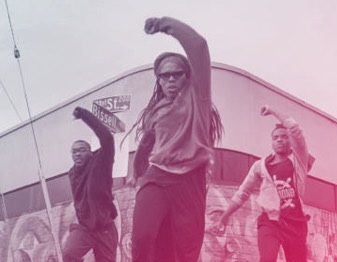[This is a film it’s very hard to talk about at all without spoiling at least the premise and the basic setup, but this review does its level best not to go beyond that point.]
“What does this have to do with Cloverfield?”
Putting that question out of your mind during 10 Cloverfield Lane is ignoring the elephant in the room, but everything about the film, from its out-of-the-blue viral campaign to its thrilling commitment to misdirection, makes it possible. Some connections eventually emerge, as might be expected from one of producer J.J. Abrams’ puzzlebox narratives, but 10 Cloverfield Lane is not another found-footage War of the Worlds scenario. And it doesn’t take place in the wide-open spaces of a city under siege, either. For the longest time, it appears that the Cloverfield franchise is united mainly by the aesthetic principle of offscreen space — not the catchiest hook, but an enormously effective one.
The obvious reason the two films connect so thinly is that 10 Cloverfield Lane wasn’t originally conceived as a sort-of sequel, but retrofitted like the chainsaw Bruce Campbell attaches to his arm in Evil Dead II. In sharp contrast to the shaky-cam of Cloverfield, first-time director Dan Trachtenberg gives the opening scenes a classic Hitchcockian quality, nodding specifically to Janet Leigh’s dash out of town in Psycho and laying on a muscular score (by Bear McCreary) in homage to Bernard Herrmann. Also like Hitchcock, the story takes a decisive turn once a car peels off the road.


